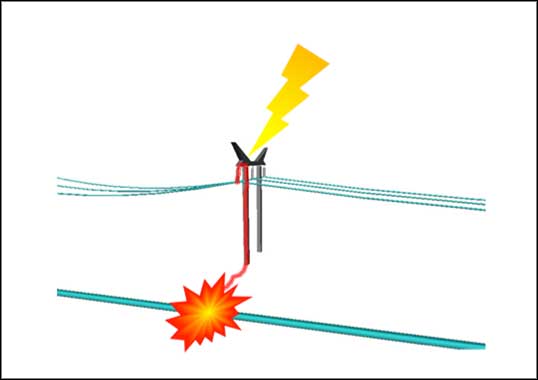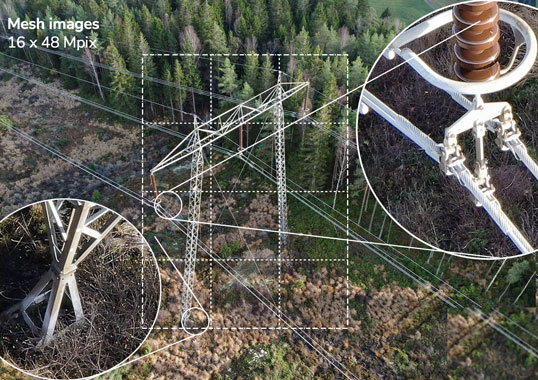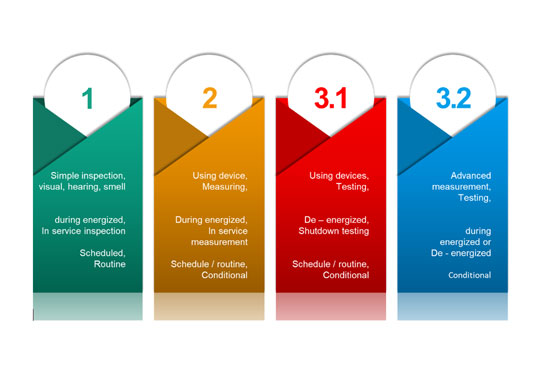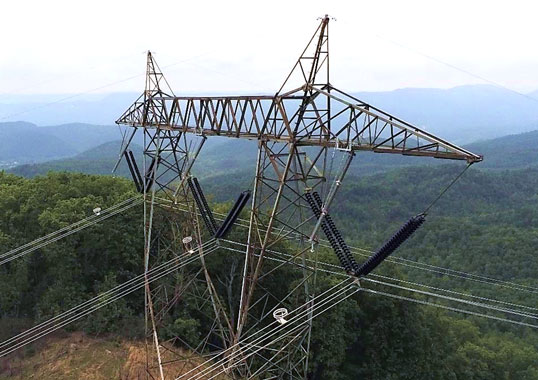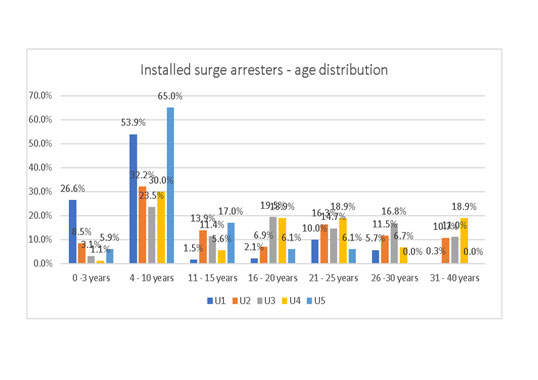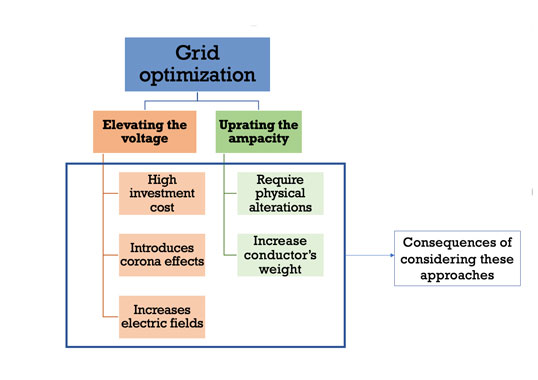Methodology and Mitigation of Lightning Induced Arcing to Pipeline Hazard by Mazana Armstrong
In recent years, BC Hydro has been receiving requests from proponents of pipeline projects from 30 to 600 km long to both cross and run parallel with existing transmission lines rights-of-way. Running a new pipeline in an existing right-of-way is beneficial to the pipeline proponent since it maximizes limited space in urban areas, minimizes environmental impact and footprint and potentially eases negotiations with other stakeholders. However, co-location of pipelines with unshielded transmission lines requires advanced modeling techniques to characterize and limit the arcing hazard to pipelines that could follow any lightning strike. The overall safety hazard to a pipeline having a large number of towers in close proximity is many times higher than for a pipeline with a single crossing point along the transmission line. For this reason, there has been a need to carefully model the safety hazard associated with such proposed pipelines. BC Hydro’s safety hazard assessment is done based on a probabilistic approach with the specific concentration of population, frequency of lightning as well as variations in soil resistivity and structural grounding relative to the location of the proposed pipeline. This presentation describes details of this new methodology and how it has already been applied to several large pipeline projects in British Columbia, Canada.

